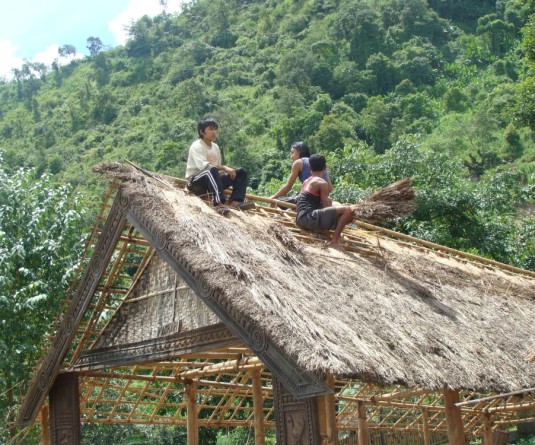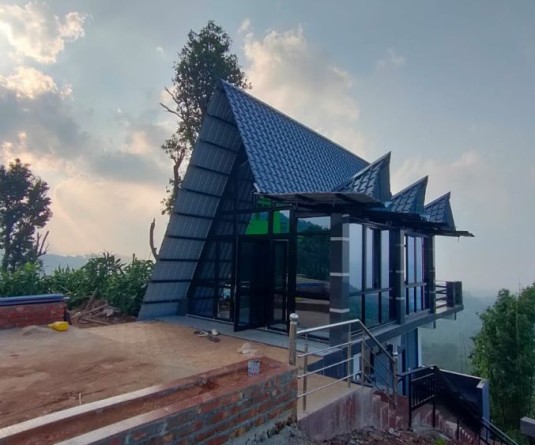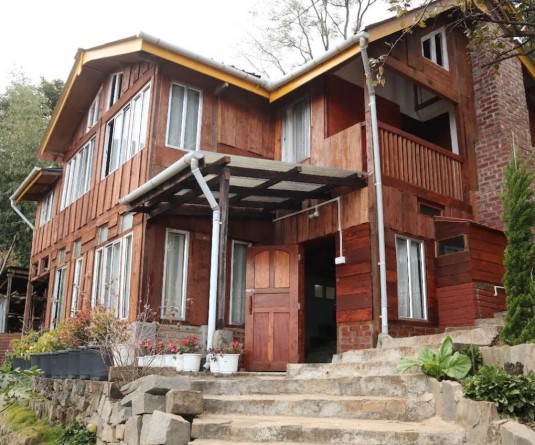The dispensary at Mimi village in Kiphire, which was set up in 1974 and is yet to be upgraded since. (Morung Photo)
Lipichem
Kiphire | April 10
Many lives have been lost in Mimi and surrounding villages of Kiphire district due to lack of good healthcare facilities, village elders have maintained.
Like majority of the rural areas in Nagaland, people of the aforementioned villages have been denied access to decent medical care for far too long.
The lone ‘dispensary’ for the people of Molomika range was first set up by the Nagaland State government at Mimi village bordering Myanmar in 1974. Till now, it is the only available healthcare facility for about 5000 population from eight villages.
43 years since the ‘dispensary’, which has now been designated as sub-centre, was started, it is yet to be upgraded to Primary Health Centre (PHC).
As a result, the nearest access to decent medical care in form of a first referral unit lies 74 km away at Pungro CHC (Community Health Centre) and the district hospital at Kiphire headquarters lies further 110 km away.
Speaking to this correspondent, Mimi village elders disclosed that many lives would have been saved if there was better health facility in the village.
“But we are helpless and at times, precious lives have been lost due to non availability of health care and also due to distance and poor road connectivity,” an elder lamented.
Compounding the existing problems, when monsoon arrives, only 4x4 vehicles can negotiate the roads, it was informed.
“So even if there is need of medical health care, the villagers are helpless and the only solution is to look out for local quack and in some cases it becomes fatal. Since we don’t have any other alternative, we take it as our faith or conclude it as our destiny,” another elder added.
The 43-year-old dispensary is presently manned by one nurse, a compounder, a medical attendant and a midwife.
It may be mentioned that of the 941 hospitals and dispensaries in the State, 20.29% are located in Dimapur district alone while Kiphire and Longleng have the lowest share of such health centres with both having only 1.7% of the total State share, according to “Eastern Nagaland at a Glance” published by Department of Underdeveloped Areas (DUDA) in 2015.






